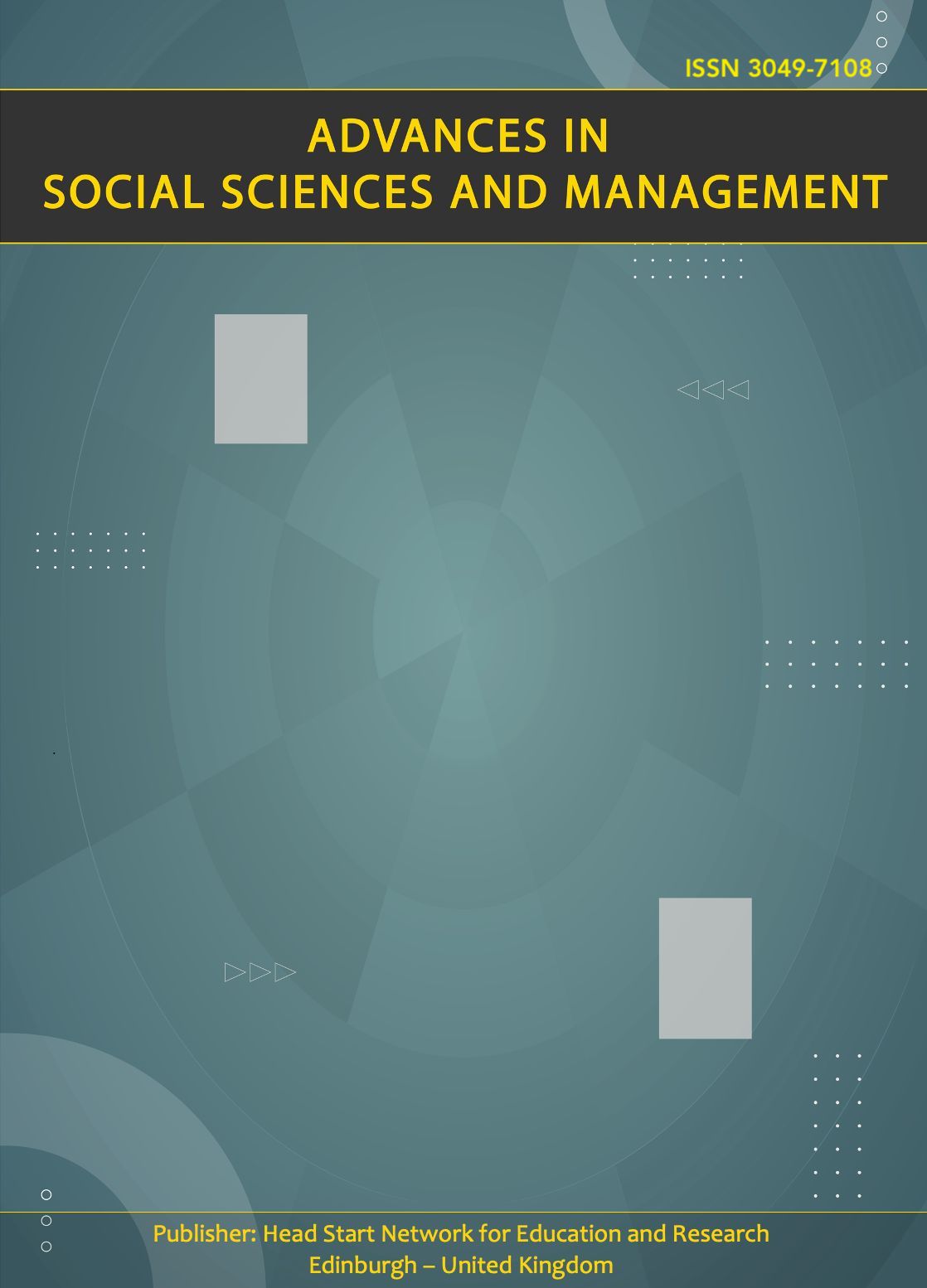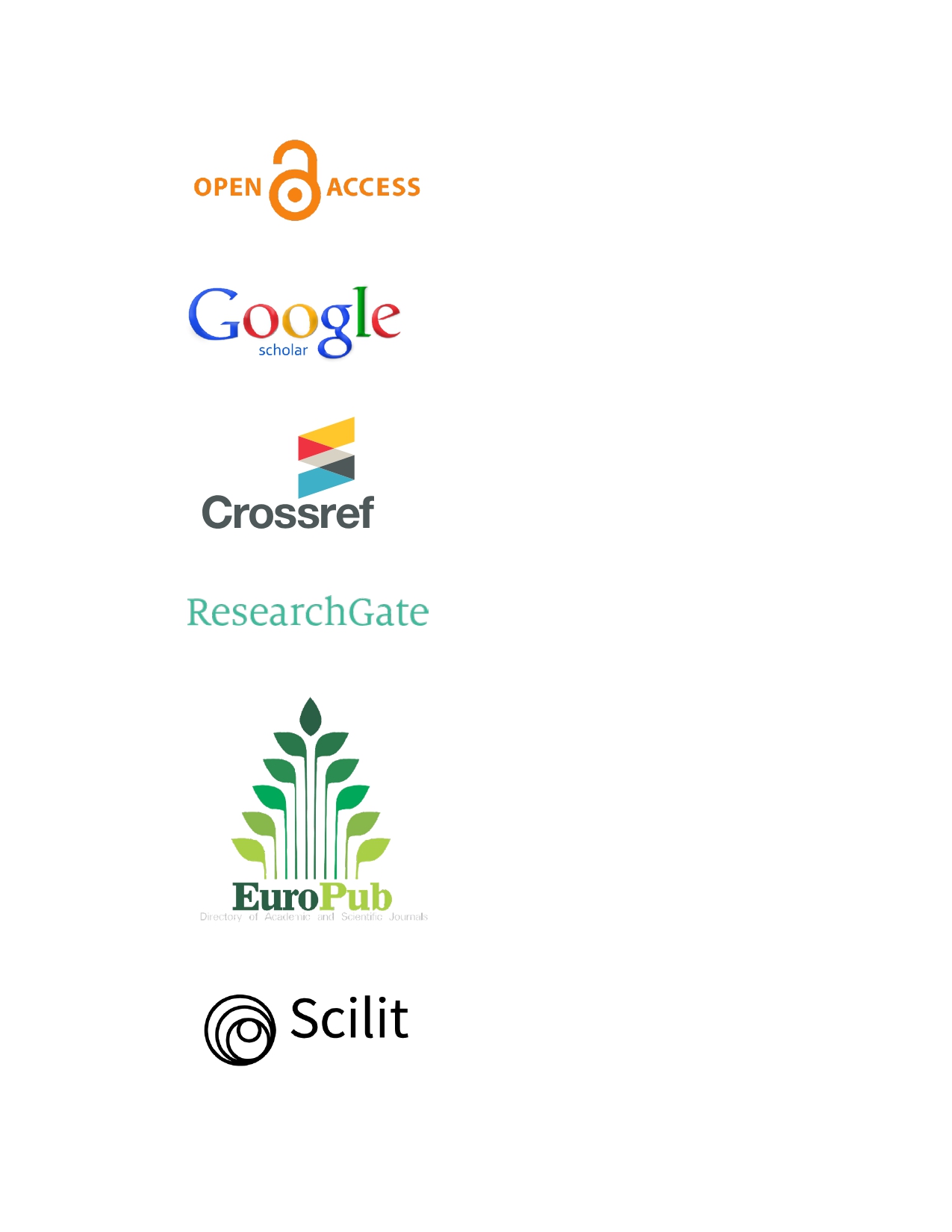Phytodiversity and Therapeutic Value within Traditional Communities of Luozi, Democratic Republic of Congo
DOI:
https://doi.org/10.63002/assm.305.1030Keywords:
medicinal plants, ethnobotany, treated diseases, Luozi territory, DR CongoAbstract
The ethnobotanical study of medicinal plants is being carried out in the Luozi region of the Democratic Republic of Congo. The aim is to promote, conserve and even perpetuate endogenous knowledge and know-how, the basis of socio-cultural identity. Ethnobotanical data collection is based on a survey and personalized interviews involving local people in the 10 sectors. The group of informants, of all genders and aged at least 19, totaled 2,296 people. The survey revealed 146 medicinal species in 129 genera and 59 families, of which the Fabaceae are the most represented. According to ethnobotanical indices, Sarcocephalus latifolius, Morinda lucida, Chromolaena odorata and Crossopteryx febrifuga are the most popular taxa. Classification by disease area reveals that the group of symptoms, signs and ill-defined morbid states is the most important in terms of the number of indications and citations. In terms of therapeutic indications, malaria is the most popular in terms of the number of plant citations. Leaves are the most cited organs in terms of the number of recipes. Although the drugs are administered orally (pers os), the decoction remains by far the most common form of preparation. The people of the Luozi sectors do not form a single community when it comes to using plants in traditional medicine. Two distinct communities can be identified, depending on the medicinal species used from one sector to another.
Downloads
Published
How to Cite
Issue
Section
License
Copyright (c) 2025 Alexis Hetukudila Bazengisa, Victor Kimpouni, Lemy Lassa Kanda, Félicien Lukoki Luyeye

This work is licensed under a Creative Commons Attribution 4.0 International License.






